5.Memphis
Founded in 3,100 B.C., Memphis was the capital of ancient Egypt, and served as the civilization's administrative center for hundreds of years before being abandoned with the rise of Thebes and Alexandria. At its height, Memphis is estimated to have had a population of more than 30,000, which would have made it the biggest city of antiquity. Over the years, the location of Memphis became lost, and it was a subject of much debate among archeologists before it was rediscovered by a Napoleonic expedition in the late 1700s, and it was then that the city's sphinx, statues and temples were first seriously studied. Unfortunately, stones from the ruins had been appropriated to build nearby settlements, and many important parts of the site remain lost to historians.
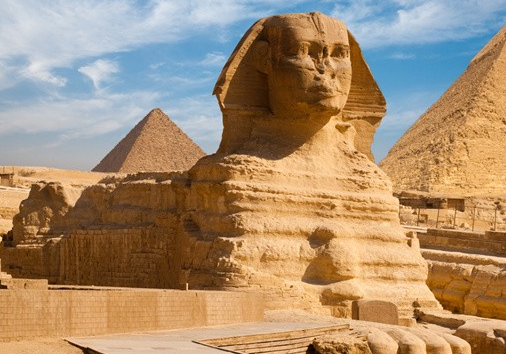
4.Angkor
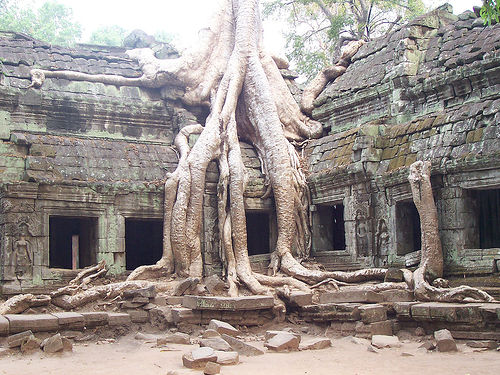
The Angkor region of Cambodia served as the center of power for the Khmer Empire from 800 AD well into the 1400s. The region was abandoned after a slow decline that ended with an invasion by a Thai army in 1431, leaving the massive city and its thousands of Buddhist temples to be reclaimed by the jungle. The city lay relatively untouched until the 1800s, when a group of French archeologists began to study and restore it. Angkor and its surroundings– which rival Los Angeles in size– have since been recognized as the biggest pre-industrial city in the world, and its famed temple of Angkor Wat is commonly considered to be the largest religious monument in existence.
3.Pompeii
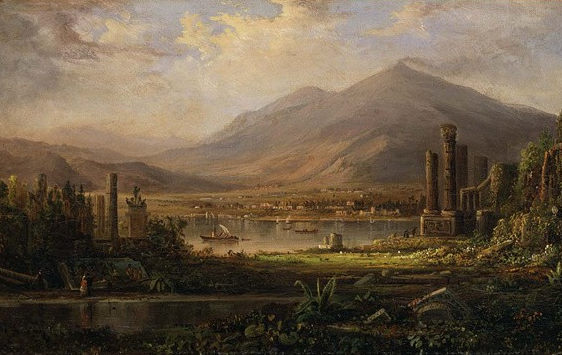
The Roman city of Pompeii was destroyed in AD 79 after the nearby volcano Vesuvius erupted and buried the entire community under 60 feet of ash and rock. The city was estimated to have had around 20,000 inhabitants at the time, and it was considered one of the premier vacation spots for the upper class of Roman society. After the eruption, the ruins stood for 1,700 years before being accidentally rediscovered in 1748 by workmen building a palace for the King of Naples, and since then Pompeii has been the source of constant excavations by archeologists. Ironically, the devastation caused by Vesuvius also helped preserve the city's architecture, which along with countless frescoes and sculptures, have helped make Pompeii a key part of modern historians' understanding of life in ancient Rome.
2.Atlantis
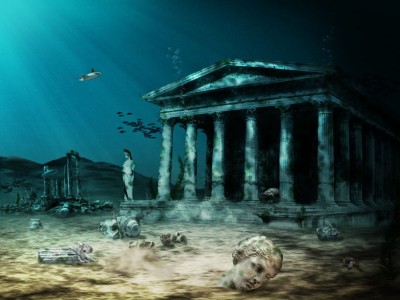
At this point it is fairly easy to write Atlantis off as nothing more than a myth, but this legendary city has been a source of speculation ever since the philosopher Plato first wrote about it in 360 B.C. Described by Plato as an advanced civilization and formidable naval power, Atlantis is said to have conquered much of Europe before sinking into the sea as the result of some kind of environmental disaster. While Plato's story is seen by most as a work of fiction, his description of a massive civilization years ahead of its time technologically has captured the imaginations of countless writers and would-be adventurers, and there have been numerous expeditions launched in search of the city. Perhaps the most infamous occurred at the beginning of WWII, when the Nazis supposedly organized a journey to Tibet with the hope of finding remnants of Atlantaen culture.
1.Machu Picchu
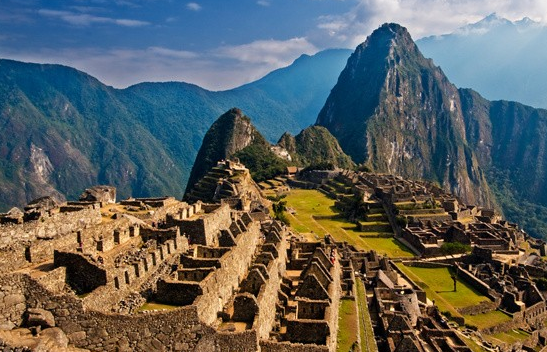
Of all the lost cities that have been found and studied, perhaps none is more mysterious than Machu Picchu. Isolated near the Urubamba Valley in Peru, the city was never found and plundered by conquistadors, and it was not until historian Hiram Bingham visited it in 1911 that it became known outside of the region. The city is divided into districts, and features over 140 different structures bordered by polished stone walls. It is said to have been built in the 1400s by the Incas and abandoned less than 100 years later, most likely when its population was wiped out by smallpox brought over from Europe. There has been much speculation as to what Machu Picchu was used for, as well as why the Incas chose such to build it in such a strange location. Some have said it was a holy temple of sorts, while others have maintained that it was used as a prison, but recent research suggests that it was probably a personal estate of the Inca emperor Pachacuti, and its location was chosen because nearby mountains figured prominently in Inca astrological mythology.
翻译:bansu 来源:前十网












